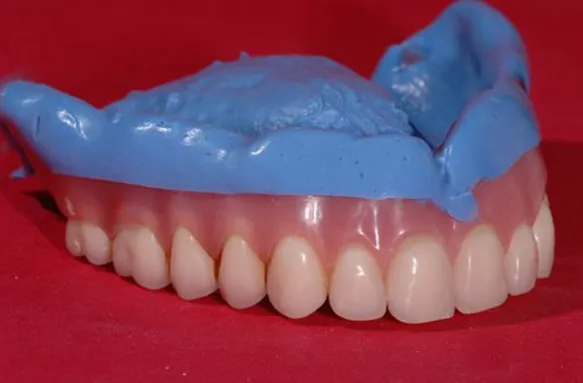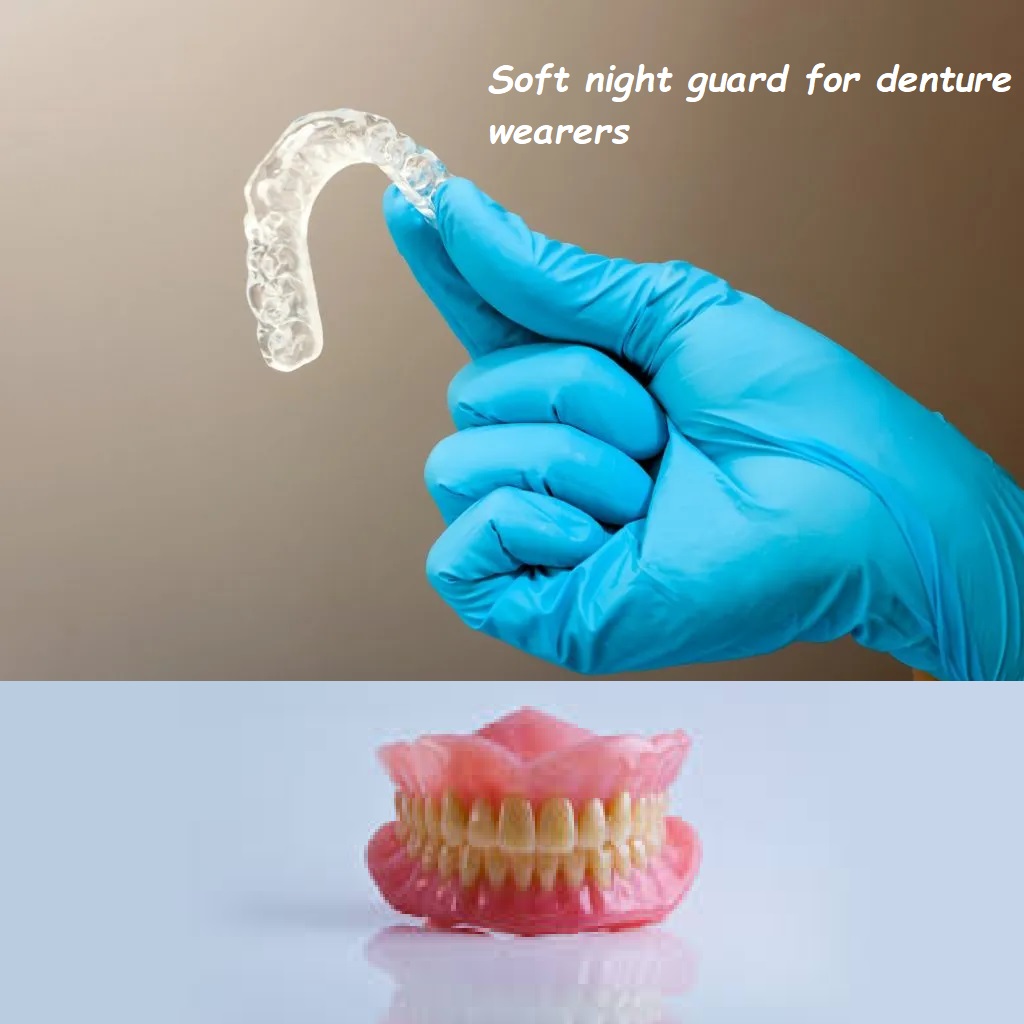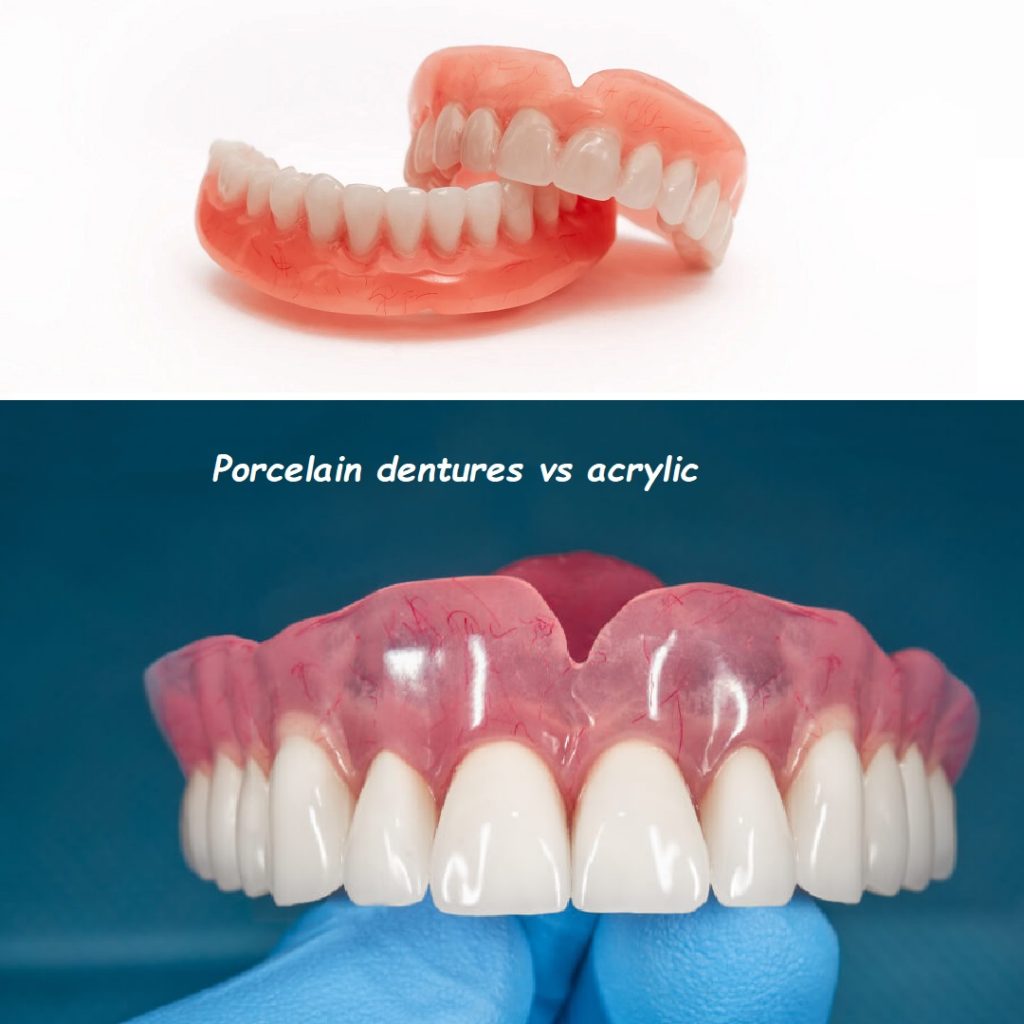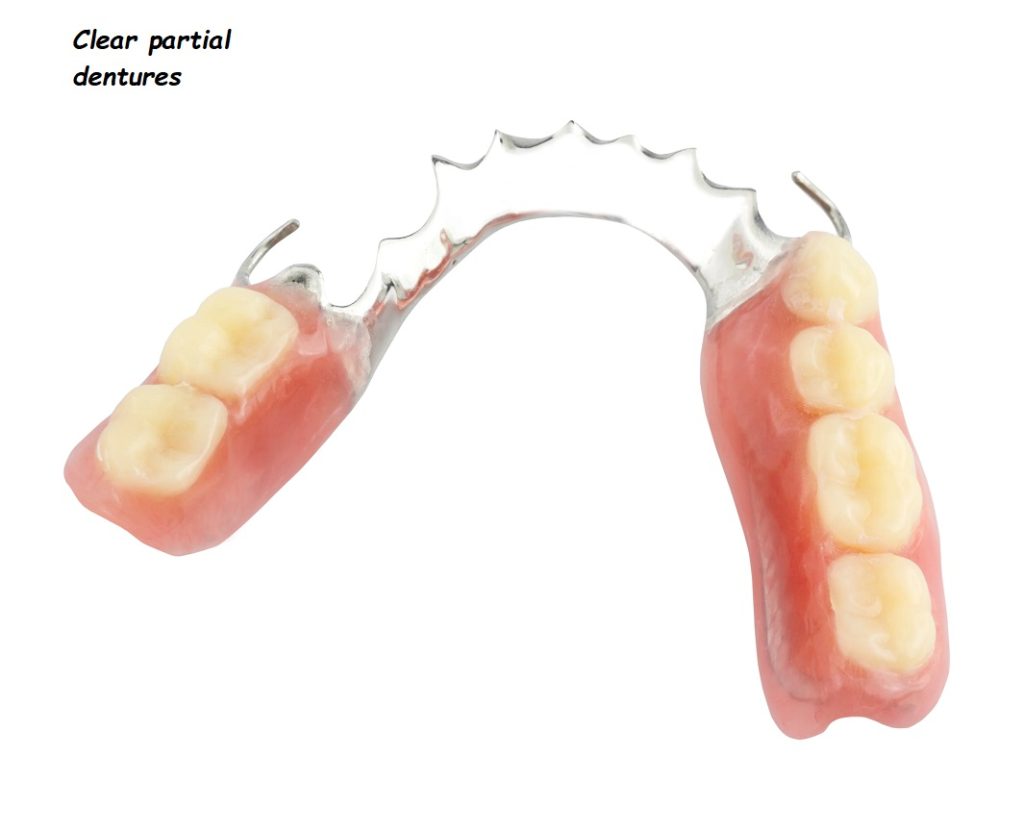Denture Rebasing

Dentures are a vital solution for individuals who have lost their natural teeth, providing both aesthetic and functional benefits. However, over time, dentures may become loose or uncomfortable due to changes in the oral cavity. Denture rebasing is a procedure that addresses these issues by replacing the entire acrylic base of the denture while preserving the existing teeth. This comprehensive guide will explore the process, benefits, types, and maintenance of denture rebasing.
What is Denture Rebasing?
Denture rebasing is a process that involves replacing the entire acrylic base of a denture without altering the existing teeth. This procedure is performed when the denture teeth are still in good condition but the base has become worn, discolored, or ill-fitting. Rebasing helps restore the stability, comfort, and functionality of the denture by creating a new, better-fitting base.
Why is Denture Rebasing Necessary?
Wear and Tear
Over time, the acrylic base of a denture can wear down, become discolored, or develop cracks. Rebasing addresses these issues by providing a new, durable base, extending the lifespan of the denture.
Gum Tissue Changes
The shape and size of the gums can change due to bone resorption and other factors, leading to an ill-fitting denture base. Rebasing accommodates these changes by creating a new base that matches the current contours of the gums.
Improved Comfort and Functionality
An ill-fitting denture can cause discomfort, sore spots, and difficulties in eating and speaking. Rebasing improves the fit of the denture, enhancing comfort and restoring proper function.
The Process of Denture Rebasing
The process of denture rebasing involves several steps to ensure a proper fit and optimal comfort. Here is a step-by-step overview of the procedure:
- Initial Consultation:
- The dentist conducts a thorough examination of the denture and the patient’s mouth to assess the need for rebasing.
- The dentist discusses the patient’s symptoms, concerns, and preferences to determine if rebasing is the most suitable solution.
- Impression Taking:
- The dentist takes an impression of the patient’s mouth using a special material. This impression captures the current shape and contours of the gums.
- The impression is sent to a dental lab, where it is used to create a mold of the patient’s mouth.
- Removing the Old Base:
- The dental lab technician carefully removes the old acrylic base from the denture teeth.
- The denture teeth are cleaned and prepared for attachment to the new base.
- Creating the New Base:
- A new acrylic base is fabricated using the mold created from the impression. This new base is designed to match the current contours of the gums for a precise fit.
- The denture teeth are attached to the new base, ensuring proper alignment and positioning.
- Curing and Finishing:
- The new base is cured or hardened to ensure durability and stability.
- The denture is polished and finished to smooth out any rough edges and enhance comfort.
- Fitting and Adjustments:
- The rebased denture is fitted into the patient’s mouth to ensure a proper fit.
- The dentist makes any necessary adjustments to optimize comfort, functionality, and stability.
- Follow-Up Care:
- The dentist provides instructions on how to care for the rebased denture and schedules follow-up appointments to monitor the fit and condition of the denture.
Benefits of Denture Rebasing
Denture rebasing offers numerous benefits that contribute to improved oral health, comfort, and overall quality of life. Some of the key benefits include:
Improved Fit and Stability
Rebasing addresses the changes in the shape of the gums and jawbone, ensuring a better fit and enhanced stability. This prevents the denture from shifting or slipping during daily activities such as eating and speaking.
Enhanced Comfort
By creating a new base that matches the current contours of the gums, rebasing reduces sore spots, pressure points, and discomfort. This leads to a more comfortable and pleasant wearing experience.
Extended Lifespan of Dentures
Rebasing helps extend the lifespan of dentures by maintaining their fit and functionality. It addresses wear and tear on the denture base, preventing the need for premature replacement.
Improved Oral Health
Properly fitting dentures contribute to better oral health by reducing the risk of irritation, inflammation, and infections caused by loose or ill-fitting dentures. Rebasing also helps maintain the health of the underlying gums and jawbone.
Better Functionality
Rebased dentures provide improved functionality, allowing patients to eat, speak, and perform daily activities with greater ease and confidence. The enhanced fit and stability ensure that the denture remains in place during various movements.
Types of Denture Rebasing
Denture rebasing can be categorized into two main types: complete denture rebasing and partial denture rebasing.
Complete Denture Rebasing
Complete denture rebasing involves replacing the entire acrylic base of a full denture. This type of rebasing is suitable for patients who have lost all their natural teeth in the upper or lower jaw.
Procedure:
- The entire base of the complete denture is removed and replaced with a new acrylic base.
- The existing denture teeth are retained and attached to the new base.
Benefits:
- Provides a new, stable base for the complete denture.
- Enhances comfort and functionality by addressing changes in the gums and jawbone.
Partial Denture Rebasing
Partial denture rebasing involves replacing the acrylic base of a partial denture. This type of rebasing is suitable for patients who still have some of their natural teeth and use a partial denture to fill in the gaps.
Procedure:
- The base of the partial denture is removed and replaced with a new acrylic base.
- The existing denture teeth and metal framework (if present) are retained and attached to the new base.
Benefits:
- Provides a new, stable base for the partial denture.
- Enhances comfort and functionality by addressing changes in the gums and jawbone.
Maintenance and Care of Rebased Dentures
Proper maintenance and care of rebased dentures are essential for ensuring their longevity, comfort, and functionality. Here are some tips for maintaining your rebased dentures:
Cleaning
- Daily Cleaning: Clean your dentures daily using a denture brush and mild soap or denture cleaner. Avoid using regular toothpaste, as it can be abrasive and damage the denture surface.
- Soaking: Soak your dentures overnight in a denture solution to keep them moist and prevent them from drying out and losing their shape.
Handling
- Avoid Dropping: Handle your dentures over a soft surface or towel to prevent them from breaking if accidentally dropped.
- Avoid Harsh Chemicals: Do not use harsh chemicals or abrasive materials to clean your dentures, as they can damage the surface.
Regular Check-Ups
- Dental Visits: Schedule regular dental check-ups to monitor the fit and condition of your dentures and to make any necessary adjustments.
- Relining and Rebasing Frequency: Follow your dentist’s recommendations for relining and rebasing frequency. Regular maintenance ensures a proper fit and prevents discomfort.
Storage
- Proper Storage: When not wearing your dentures, store them in a denture solution or water to keep them moist. Avoid exposing them to hot temperatures, as this can cause warping.
When to Consider Denture Rebasing
Denture rebasing is a valuable procedure for maintaining the fit, comfort, and functionality of dentures. Consider rebasing your dentures if you experience any of the following:
- Loose Fit: If your dentures feel loose or unstable, rebasing can improve their fit and stability.
- Discomfort or Sore Spots: If you experience discomfort, sore spots, or irritation caused by your dentures, rebasing can provide relief and enhance comfort.
- Difficulty Eating or Speaking: If your dentures affect your ability to eat or speak properly, rebasing can restore functionality and improve your quality of life.
- Worn or Discolored Base: If the base of your dentures is worn, discolored, or damaged, rebasing can provide a new, durable base.
- Gum and Jawbone Changes: If you notice changes in the shape of your gums or jawbone, rebasing can accommodate these changes and ensure a better fit.
Denture Rebasing vs. Denture Relining
While both denture rebasing and denture relining are procedures aimed at improving the fit and comfort of dentures, they differ in their approach and scope:
Denture Rebasing
- Scope: Involves replacing the entire acrylic base of the denture.
- Purpose: Addresses significant wear, damage, or changes in the base material.
- Frequency: Typically needed less frequently than relining, as it involves a more extensive overhaul of the denture.
Denture Relining
- Scope: Involves adding material to the inner surface of the existing denture base.
- Purpose: Adjusts the fit to accommodate minor changes in the gums and jawbone.
- Frequency: Needed more regularly to maintain a proper fit as the shape of the gums and jawbone changes.
Conclusion
Denture rebasing is a crucial procedure for maintaining the fit, comfort, and functionality of dentures. Whether you have a complete or partial denture, rebasing can address wear and tear, gum tissue changes, and other issues that affect the stability and comfort of your dentures.
Proper maintenance and regular dental check-ups are essential for ensuring the longevity and effectiveness of your rebased dentures. If you experience any issues with your dentures, consult your dentist to determine if rebasing is the best solution for your needs. With the right care and attention, your dentures can continue to provide you with the confidence and functionality you need for a healthy and fulfilling life.
Related to read:
Best Oral Hygiene Practices For Optimum Oral Health.
How to Whiten Teeth Naturally?
How to keep your gums healthy and disease-free?
References
To ensure the information provided is accurate and up-to-date, the following sources were referenced:
- American Dental Association. (n.d.). Plaque and Tartar. Retrieved from ADA website
- Mayo Clinic. (n.d.). Dental Plaque. Retrieved from Mayo Clinic website
- National Institute of Dental and Craniofacial Research. (n.d.). Periodontal (Gum) Disease. Retrieved from NIDCR website









